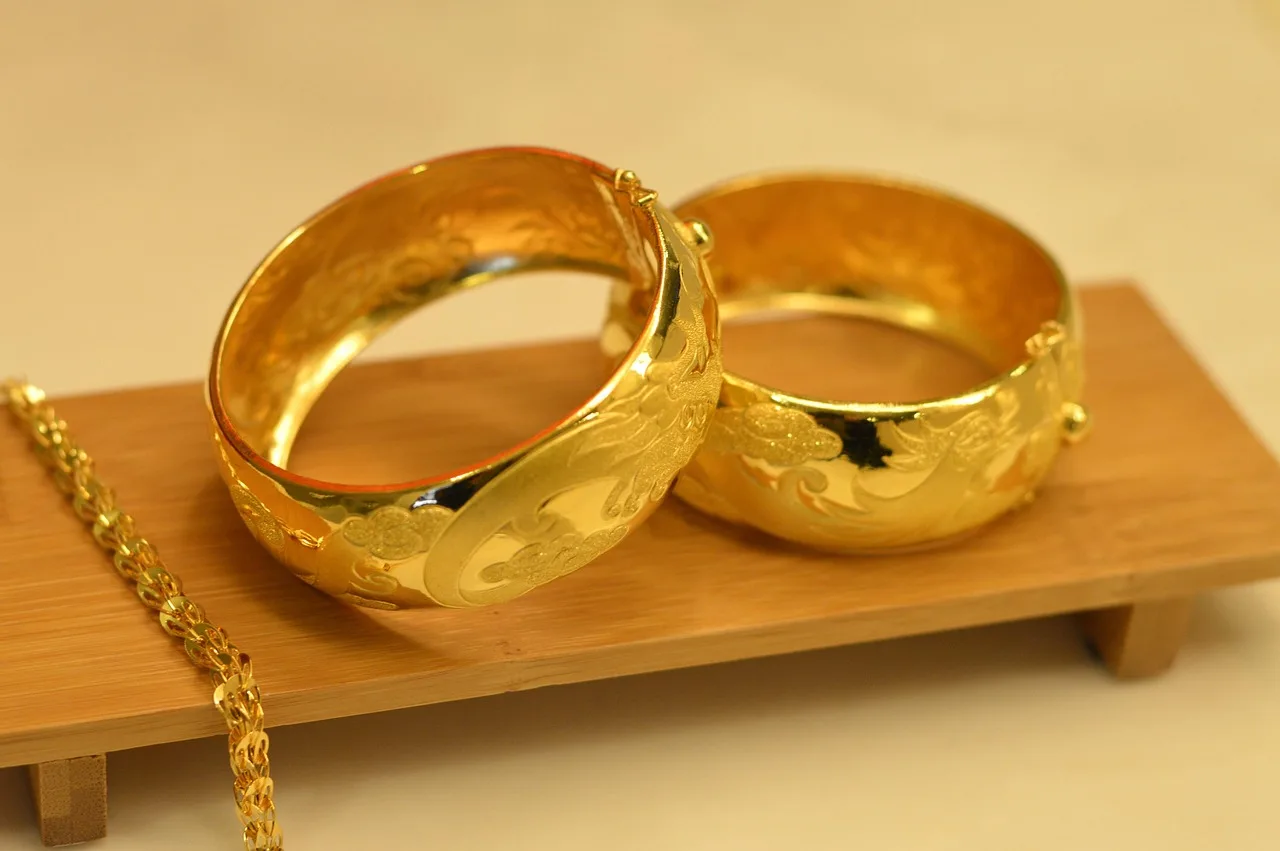Gold prices in Pakistan have climbed to record-breaking levels, reshaping how households, traders, and investors think about wealth. What once stood as a dependable form of savings now feels like a luxury slipping out of reach. The gold rate in Pakistan today has crossed Rs 240,000 per tola for 24K, stunning even long-time jewellers who are accustomed to volatility. This sharp rise has not emerged in isolation—it is the outcome of overlapping local and global pressures that feed on each other.
Inflation sits at the heart of this surge. When the cost of living rises unchecked, people lose confidence in paper currency. Many quietly shift their savings toward gold, seeking safety from the erosion of money’s value. The rupee’s weakness deepens the pressure. A weakening currency makes gold more expensive in local markets, even if global rates stay stable. Importers must pay more dollars, and that cost travels down the supply chain. The result is a continuous upward march in the Pakistan gold market price, which retailers reflect in daily updates.
International markets add another layer of heat. The international gold price vs Pakistan relationship has become tightly woven, and global anxiety flows directly into local prices. When investors in London or New York flee to gold during economic uncertainty, the impact reaches Karachi, Lahore, and Islamabad within hours. Recent months have brought a mix of geopolitical conflicts, fears of recession, and shifts in U.S. monetary policy—all of which have made gold shine brighter worldwide.
At its core, the rally in gold is less about jewellery and more about trust. In a climate where currencies shake, markets stumble, and politics wobble, people seek something they believe cannot vanish overnight. Gold embodies that belief. This psychology—not just economics—is what makes the surge so intense, and why every dip quickly reverses.
Speculation magnifies the climb. Markets thrive on emotion, and gold’s aura as a safe asset draws buyers faster when fear rises. Conversations about the today gold price in Pakistan 24K echo in offices and tea shops alike. Many buy not because they need gold, but because they fear it will be costlier tomorrow. This “buy-before-it-rises” mindset fuels extra demand, which lifts prices further—a feedback loop that sustains the gold price increase in Pakistan even without fundamental shifts in supply.
This shift carries cultural ripples too. Gold has long been stitched into social traditions, especially weddings. But the gold rate per tola in Pakistan has grown so steep that families are rethinking age-old customs. Jewellers report a decline in the size and weight of bridal sets. Guests notice fewer bangles, lighter necklaces, and hushed conversations about affordability. Gold, once a quiet symbol of security and pride, now draws uneasy glances.
Hidden currents distort the market further. Industry insiders quietly admit that when local and international prices drift too far apart, informal smuggling rises. Gold enters the country outside official channels, skews supply, and triggers sudden swings in the gold rate in Karachi, Lahore, and Islamabad. Though rarely discussed publicly, these flows make the market’s movements unpredictable for ordinary buyers who simply want stability.
Meanwhile, global central banks have been quietly stockpiling gold again. Many are seeking protection from potential currency shocks. This strategy has absorbed significant volumes of global supply, indirectly lifting prices worldwide. Pakistan, as a price-taker in the global system, inherits this surge instantly. The 24K gold price in Pakistan today responds like a mirror to every international tremor.
Analysts remain divided on what lies ahead. Some believe prices may ease if inflation cools and the rupee stabilizes. Others argue the rally has deeper roots: waning trust in traditional assets, relentless demand, and ongoing global uncertainty. Current trends suggest that even if the climb pauses, it will likely resume. Any short-term dips will appear more like breathers than reversals.
The difference between rates in Karachi, Lahore, and Islamabad has become razor-thin, showing how uniform the pressure is. Gold is no longer reacting to regional quirks; it is moving as a single national market tied tightly to global tides. Each morning, retailers update their boards like stock tickers, and customers gather outside shops just to watch the numbers flicker.
This transformation is not just financial. It is psychological. Gold has turned from an ornament to a statement of caution. It reflects a collective unease about the future. Households that once treated gold as a celebration now treat it as insurance. Investors who once diversified reluctantly are now concentrating their bets. The market has become less about beauty and more about survival.
In this climate, gold stands still while everything else seems to wobble. That stillness makes it appear stronger. It explains why even at record highs, buyers continue to purchase, fearing that not owning gold is riskier than paying too much for it. Until that perception shifts, the gold price in Pakistan may remain elevated, defying gravity while carrying the weight of a nation’s hopes and anxieties.


